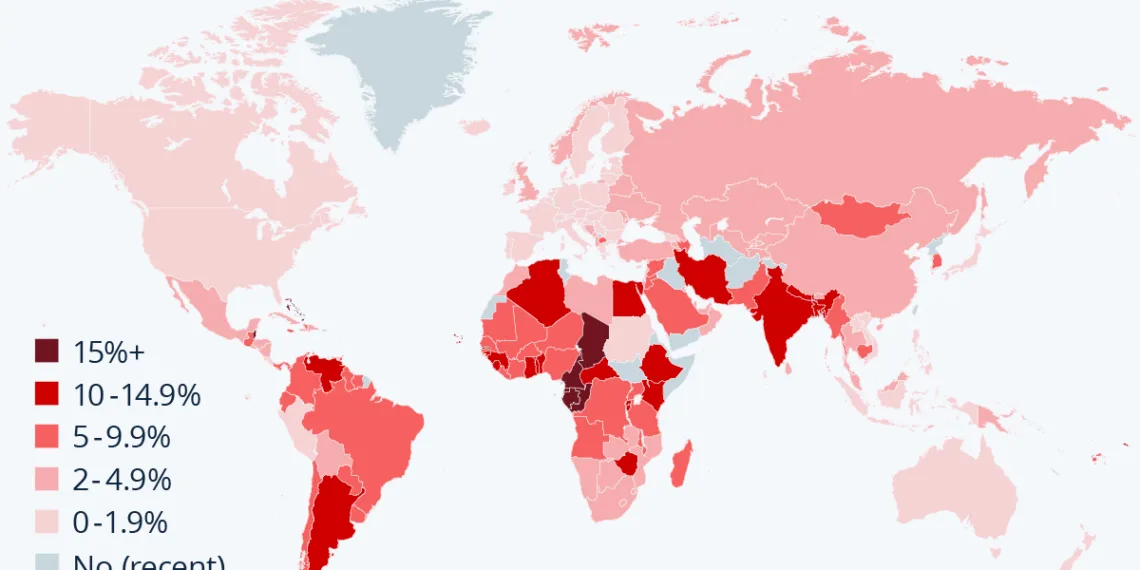The Evolution of Tariffs in Global Trade
Tariffs, which are taxes imposed on imported goods, play a crucial role in shaping international trade dynamics. The landscape of tariffs has seen significant changes over the years, especially in the context of various geopolitical events. This blog explores recent trends and shifts in tariffs, particularly those influenced by U.S. trade policies.
Historical Context of Tariffs in the U.S.
Traditionally, the United States has advocated for low or zero tariffs. This approach was designed to encourage free trade and foster global economic relationships. However, the landscape began shifting under the Trump administration, which saw the introduction of tariffs on goods from China, Mexico, and Canada, as well as on steel and aluminum imports. This marked a significant departure from the decades-long U.S. trade policy, reflecting a more protectionist stance aimed at addressing trade imbalances and domestic economic pressures.
Current Tariff Rates in the U.S.
As of 2022, the World Bank reported that the U.S. maintained a weighted average tariff rate of 1.5 percent, positioning it amongst the countries with the lowest tariffs globally. This low rate aligns the U.S. with several European nations, highlighting a continued preference for minimal trade barriers. Nonetheless, the ongoing implications of trade wars, notably with China, have led to fluctuations in this rate. In 2019, data from Deutsche Bank indicated that the average tariff rate had surged to 7 percent, reflecting the tension and retaliatory tariffs imposed during the U.S.-China trade war.
Global Tariff Landscape
The global variation in tariff rates is striking. While developed nations often champion low tariffs, many emerging economies maintain significantly higher rates. For instance, in 2022, India recorded an average tariff of 11.5 percent, while China’s was notably lower at 3.1 percent. These rates illustrate the complex strategies nations employ in managing their trade relationships.
Highest Tariff Rates by Country
Certain countries have gained notoriety for their high tariff rates, often attributed to protective measures aimed at shielding domestic industries. In Africa, countries like the Republic of the Congo, Cameroon, and Equatorial Guinea have tariff rates exceeding 18 percent. Furthermore, the Solomon Islands boasts the highest weighted average tariff rate globally at 20.7 percent. These statistics highlight how varied regions of the world navigate their trade policies and the crucial role tariffs play in their economic strategies.
The Impact of Free Trade Agreements
While the World Bank’s data primarily reflects tariffs without accounting for specific free trade agreements, these agreements remain pivotal in reducing barriers. Countries engaged in significant trade partnerships typically implement lower tariffs as a means to bolster economic cooperation.
Retaliatory Tariffs and Their Consequences
As the U.S. implements tariffs, affected countries often respond with retaliatory tariffs, creating a cycle of escalation that impacts global trade. These tariffs can lead to increased costs for consumers and disrupt supply chains, ultimately affecting economic growth on both sides of any trade dispute.
Conclusion: Navigating the Future of Tariffs
The dynamic nature of tariffs illustrates the complexities of international trade and the balance nations seek between protecting domestic interests and fostering global economic relationships. As the global economy continues to evolve, so too will the strategies related to tariffs, reflecting ongoing negotiations, economic pressures, and the quest for competitive advantage in an interconnected world.





